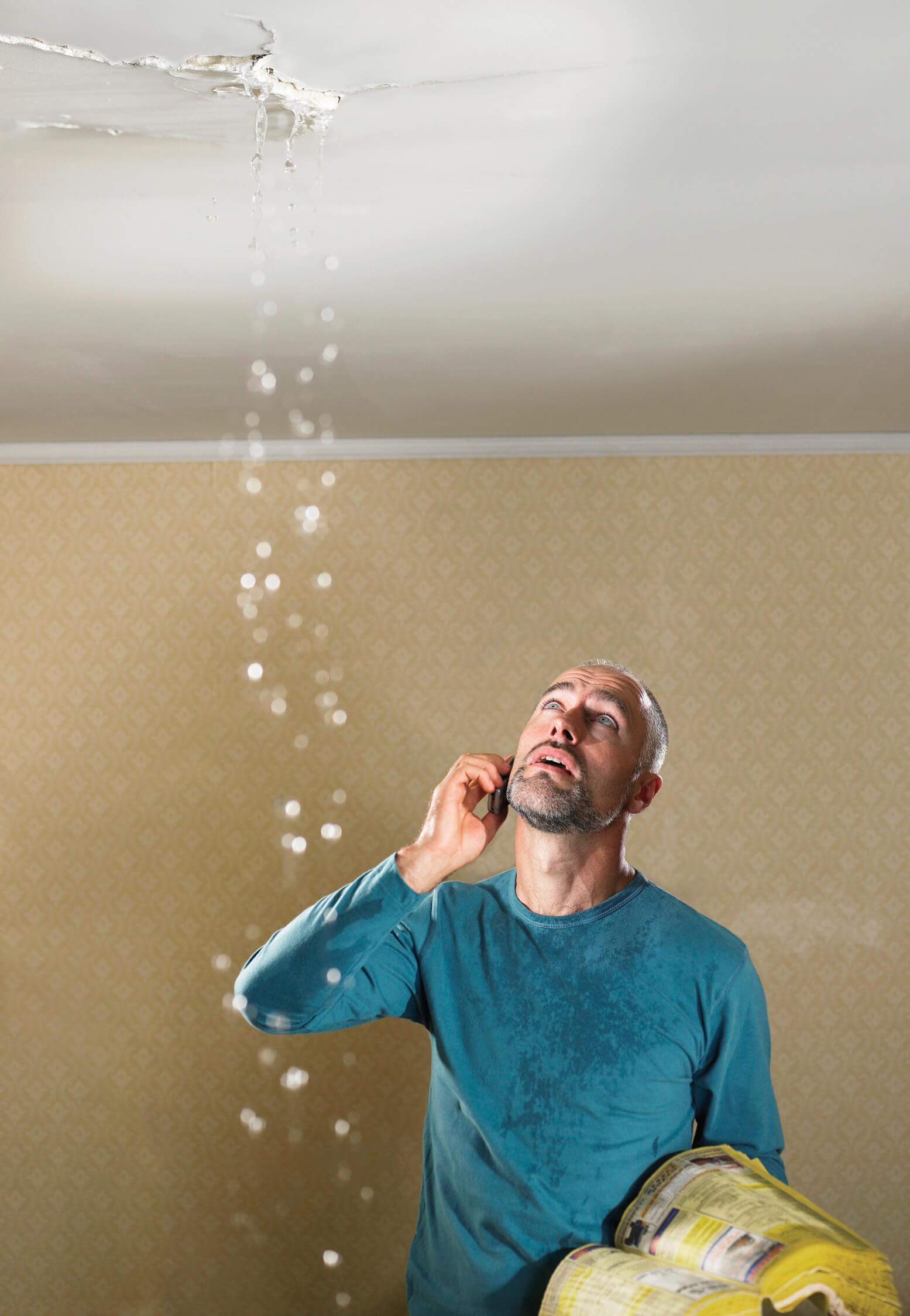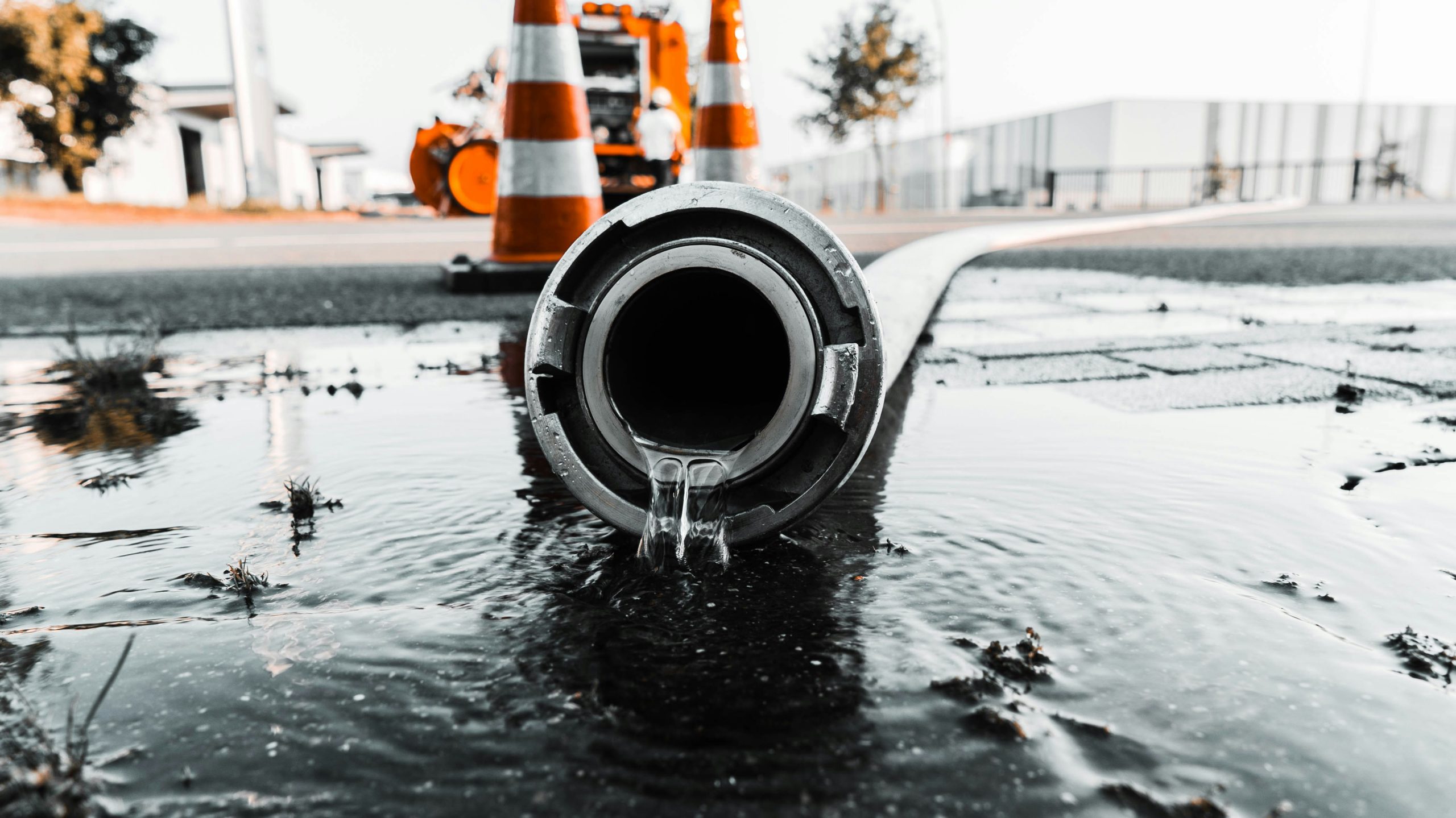
How to make a successful insurance leak claim
How to Make a Successful Water Leak Insurance Claim
Experiencing a water leak in your property can be stressful and costly. Understanding how to navigate the insurance claim process effectively can help you recover your losses and repair your property promptly. At Wrestore.co.uk, we provide expert advice and services to help you handle water damage and insurance claims efficiently. This guide covers the steps to make a successful water leak insurance claim.
1. Understand Your Insurance Policy
The first step in making a successful water leak insurance claim is understanding the specifics of your insurance policy. Review your policy documents to determine what types of water damage are covered. Most home insurance policies cover sudden and accidental water damage, but may exclude damage from maintenance issues or gradual leaks.
Key Points to Check in Your Policy
- Types of water damage covered (e.g., sudden bursts, overflows, or accidental discharge).
- Exclusions and limitations (e.g., damage due to neglect, wear and tear, or long-term leaks).
- Coverage limits and deductibles.
- Requirements for timely reporting of the damage.
2. Document the Damage
Thorough documentation is crucial for a successful insurance claim. As soon as you notice the water leak, take immediate steps to document the damage. This includes taking photos and videos of the affected areas, noting the date and time of the incident, and keeping records of any communication with your insurance company.
Steps to Document the Damage
- Take clear photos and videos of the damaged areas from multiple angles.
- Document the source of the leak, if identifiable.
- Keep a written record of the events leading up to and following the discovery of the leak.
- Save receipts for any temporary repairs or emergency services.
3. Stop the Leak and Prevent Further Damage
It’s important to take immediate action to stop the leak and prevent further damage to your property. This may involve turning off the water supply, temporarily patching the leak, or calling a professional plumber for emergency repairs. Your insurance policy may require you to take reasonable steps to mitigate the damage.
Actions to Prevent Further Damage
- Turn off the main water supply to stop the leak.
- Use towels, buckets, or wet/dry vacuums to remove standing water.
- Move furniture and belongings away from the affected area.
- Contact a professional for emergency repair services.

4. Notify Your Insurance Company
Promptly notify your insurance company of the water leak and the resulting damage. Most policies require you to report the incident within a certain timeframe to be eligible for coverage. Provide them with the documentation you have gathered and be prepared to answer questions about the incident.
Information to Provide
- Your policy number and contact information.
- Details about the cause and extent of the damage.
- Photos and videos of the damage.
- Receipts for any emergency repairs or temporary measures taken.
5. Schedule an Adjuster’s Visit
After you’ve reported the claim, your insurance company will likely send an adjuster to assess the damage. The adjuster’s evaluation is a critical part of the claim process, as it determines the extent of coverage and the amount you will be compensated.
Preparing for the Adjuster’s Visit
- Ensure the affected areas are accessible and safe for inspection.
- Have your documentation and any repair estimates ready to share.
- Be present during the inspection to answer questions and provide additional information.
6. Obtain Repair Estimates
Get detailed estimates for the repair work from licensed contractors. Providing these estimates to your insurance company can help expedite the claim process and ensure you receive an appropriate payout for the necessary repairs.
Tips for Obtaining Repair Estimates
- Request estimates from multiple reputable contractors.
- Ensure the estimates are detailed and itemized.
- Include costs for materials, labor, and any additional expenses.
- Provide these estimates to your insurance adjuster for review.
7. Keep Detailed Records
Throughout the claims process, maintain detailed records of all communications, expenses, and actions taken. This includes keeping copies of emails, letters, and receipts. Organized documentation will help you stay on top of your claim and provide necessary information to your insurance company when requested.
Types of Records to Keep
- Copies of all correspondence with your insurance company.
- Receipts and invoices for temporary repairs and services.
- Estimates and contracts from repair contractors.
- Notes from phone conversations with your insurance company and adjuster.
8. Review the Settlement Offer
Once the adjuster has assessed the damage and your claim has been processed, you will receive a settlement offer from your insurance company. Carefully review the offer to ensure it covers the full extent of the damage and the necessary repairs.
Steps to Review the Settlement Offer
- Compare the offer with your repair estimates and documentation.
- Ensure the offer accounts for all damaged areas and items.
- If you believe the offer is insufficient, you can negotiate with your insurance company or provide additional documentation to support your claim.
- Consider consulting a public adjuster or legal professional if you need assistance with the negotiation process.
9. Complete the Repairs
Once you’ve agreed on a settlement, proceed with the necessary repairs. Hire licensed and reputable contractors to ensure the work is done to a high standard. Keep all receipts and documentation related to the repairs, as you may need to provide these to your insurance company.
Tips for Completing Repairs
- Choose contractors with good references and verified credentials.
- Monitor the repair work to ensure it meets your expectations.
- Document the repair process with photos and notes.
- Submit any final invoices to your insurance company if additional payments are required.
10. Follow Up with Your Insurance Company
After the repairs are complete, follow up with your insurance company to ensure all aspects of your claim have been settled. Confirm that you have received all agreed-upon payments and that your claim is closed. Keep your claim records in a safe place for future reference.
Final Follow-Up Steps
- Confirm receipt of all payments and ensure they match the settlement agreement.
- Request a written confirmation that your claim is closed.
- Store all claim-related documentation securely for future reference.

FAQs
Conclusion
Making a successful water leak insurance claim requires thorough documentation, prompt action, and effective communication with your insurance company. By following these steps, you can navigate the claims process smoothly and ensure your property is restored to its original condition. At Wrestore.co.uk, we are dedicated to helping you handle water damage and insurance claims with expertise and professionalism. Contact us today for more information on how we can assist you with your property maintenance needs.